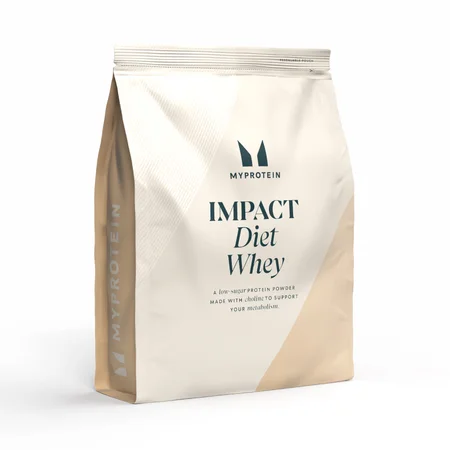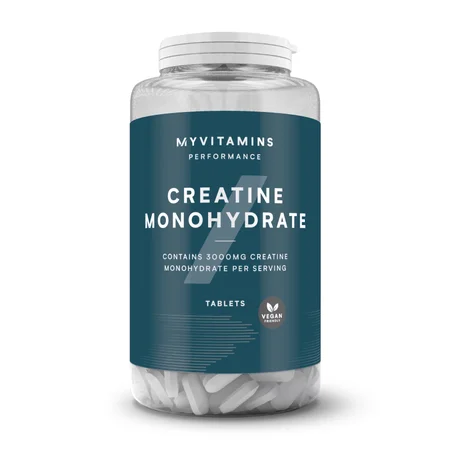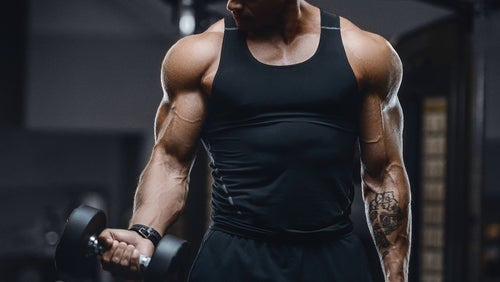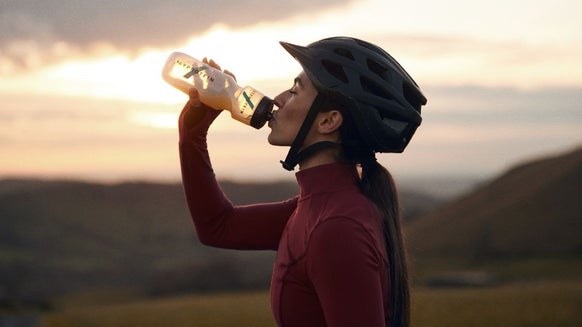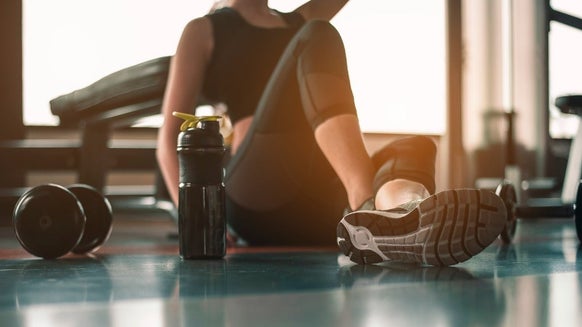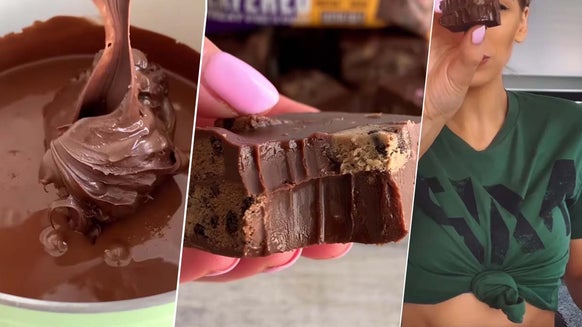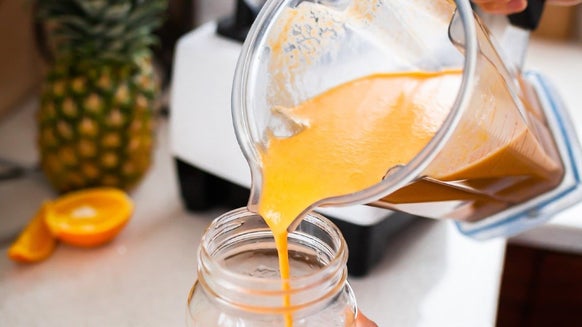The 9 Best Ab Exercises You Can Do Without Equipment
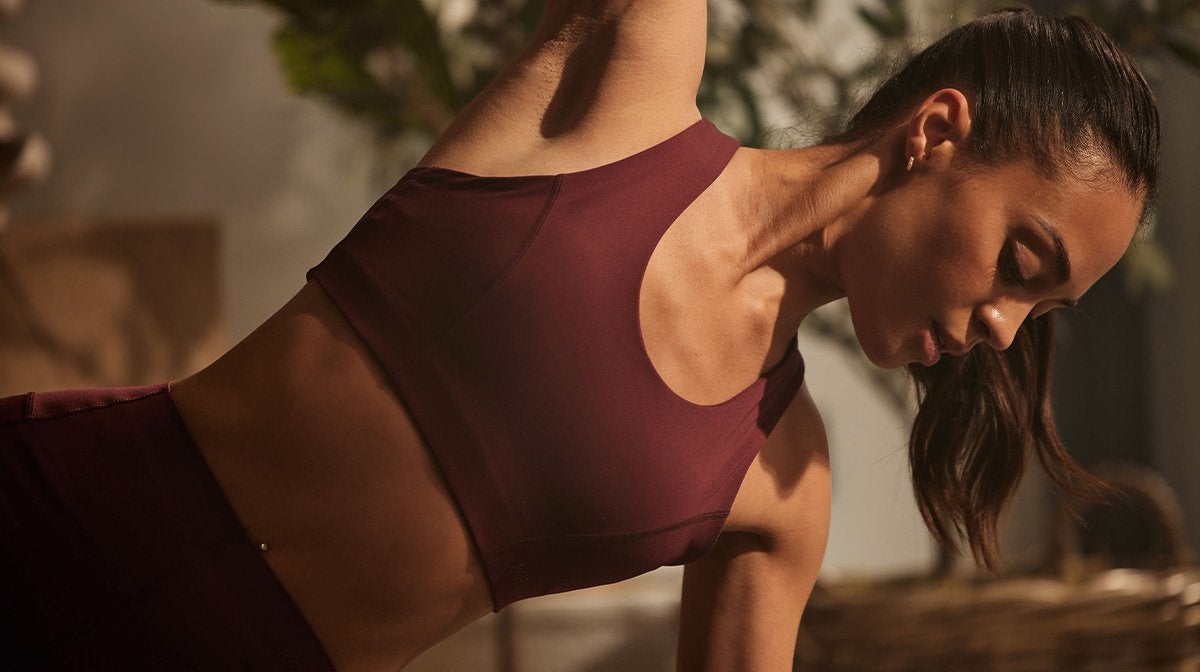

Training core can be one of the most neglected aspects of any training programme. Mainly because there isn't anything quite like that burn after a set of ab exercises. So, to make the whole process easier, here are nine ab exercises you can do at home, with no equipment.
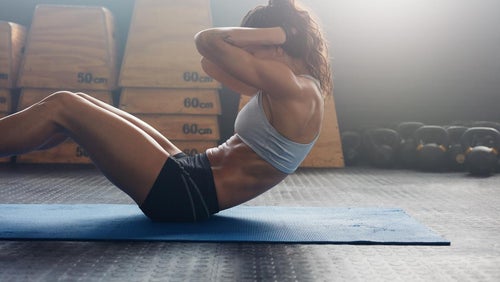
15-Minute HIIT Ab Workout | Home Abs Workout
Simone Farrington takes us through an intense 15-minute ab workout.
1. Crunch
- Lie flat on your back with your knees bent and feet flat on the floor. You can cross your arms across your chest or keep your hands up by your forehead.
- Contracting your abdominal muscles, bring your ribcage closer to your hips. Your extreme lower back should remain on the floor.
- Squeeze tight and return to the start position with your back flat on the ground.
2. Heel taps
[su_youtube url="https://youtu.be/nuZCPdQbBLw"
- Lie flat on your back with your feet flat on the ground.
- Your feet and knees should be together and tucked high close to your glutes.
- With your hands at your sides, contract your left obliques to touch your left heel with your left hand and then immediately contract your right obliques to touch your right heel with your right hand. This counts as one rep.
- Keep repeating this movement for the desired sets and reps.
This works best if you lightly contract your abdominals as well as your obliques so that your upper body is an inch or so off the ground and not causing undue friction.
3. Plank
Assume a press-up position, except place your forearms on the ground with clenched fists at about the same position as your shoulders. - Brace the body and hold this position.
4. Mountain climbers
Mountain climbers utilise both contraction and stabilisation. They can be used as conditioning to increase work capacity and function as a great dynamic exercise.
- Assume the press-up position.
- Keeping your torso stable, bring your right knee up to your chest. You may touch the ground with the ball of your right foot or keep your foot suspended.
- Repeat the motion with your left leg whilst simultaneously bringing your right leg to the starting position.
5. Leg Raises
- An excellent exercise for the hard-to-hit lower abdominals.
- Lay flat on your back with your legs outstretched and toes pointed. You may place your hands under your glutes for extra support.
- Slowly raise your feet to a foot off the ground and slowly lower them back down.
- Do not touch your feet to the ground again until you finish the exercise.
- Can be done against the clock or through reps.
These can be really tough on the lower abs but the reward after is worth the pain.
6. Bicycle crunch
- Start in the crunch position, with your hands at your forehead so that your elbows are bent. Bend both your knees slightly and keep your feet elevated.
- Contract your abs as you bring your left elbow and right knee in so that they nearly touch.
- Repeat for the other side whilst simultaneously returning your right knee to the start position
7. Pike Crunch
Whilst lying on your back with your legs straight and above your hips, slowly lower your legs stopping just before you feel you lose pressure between your lower back and the floor With extended arms peel your spine off the floor starting with your shoulders and upper back reaching your fingers towards your toes Return to your starting position whilst maintaining control
This exercise is going to be great for the lower portion of the abs and make for a great finisher to any ab workout.
8. Reverse Crunch
Lay on your back with your arms by your side and legs extended above hips Lower your legs whilst maintaining control of your lower back - Return your legs and without using momentum lift your hips from the floor just enough to feel your abs contracting
9. Hollow Holds
These can be brutal when done properly. Hollow holds use the whole core against the clock and you can feel it from the first second.
- Lay flat on your back, with your feet, pointed. Your arms should be outstretched vertically over your head
- Contract your core to raise both your feet and arms around 8 inches or so off the ground. Hold this position.

15-Minute HIIT Ab Workout | Home Abs Workout
Simone Farrington takes us through an intense 15-minute ab workout.
Take home message
There isn't an excuse not to train abs now you're armed with the best ab exercises you can do at home. Abs aren't just for aesthetics, a strong core is essential for so many other movements. So do yourself a favour, build a strong core so you can smash all of those compounds.
READ THESE NEXT:
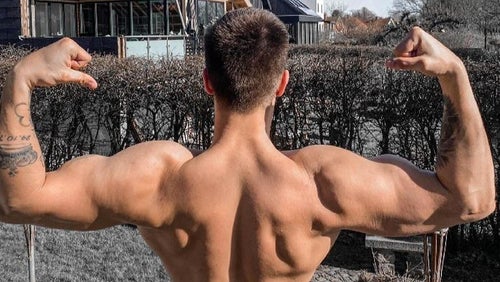
3 Pull-Day Exercises For Building Muscle And Strength
This ambassador shares some of their favourite exercises.
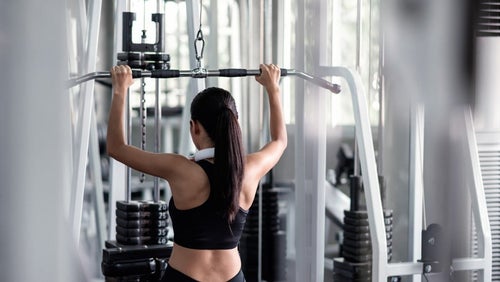
Target More Than One Muscle With Compound Movements For A Pull Day
We've got you covered for your next pull day.

